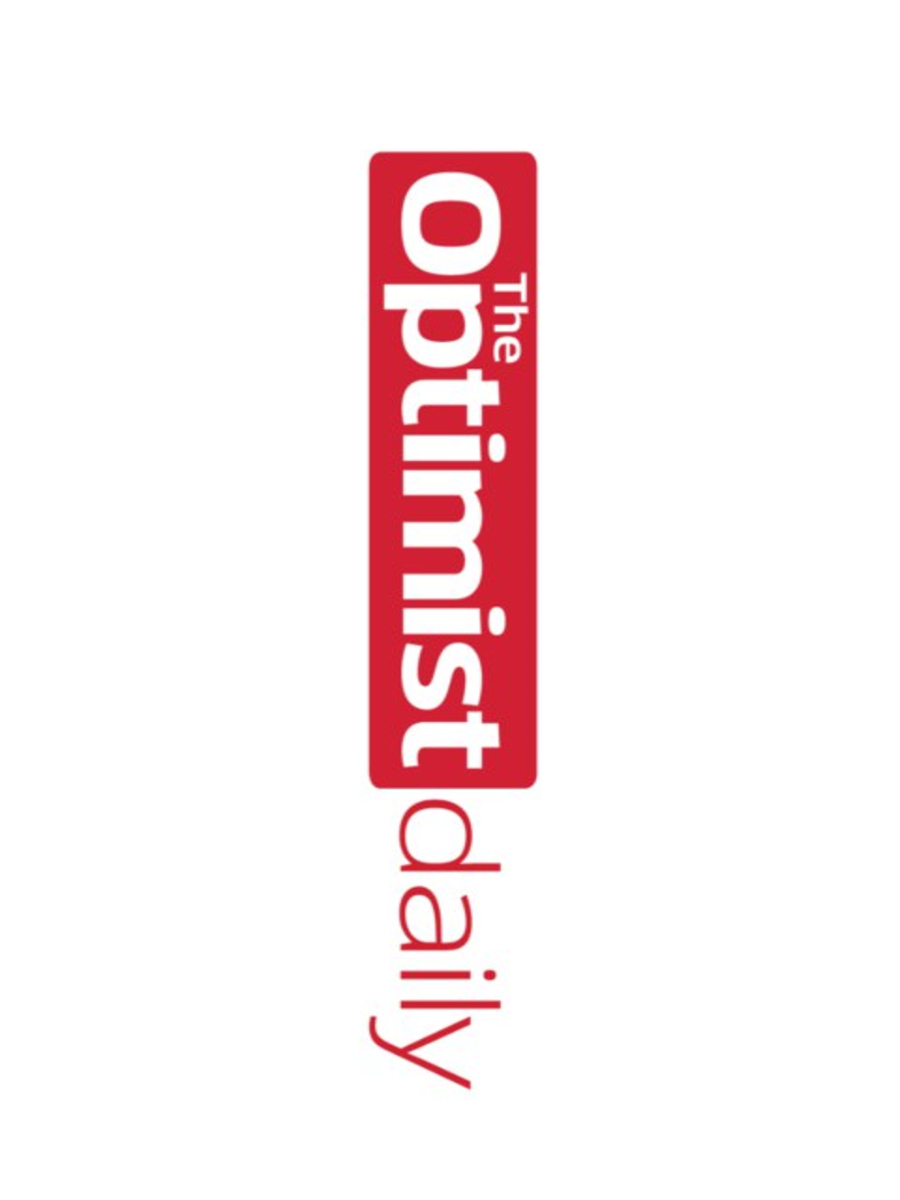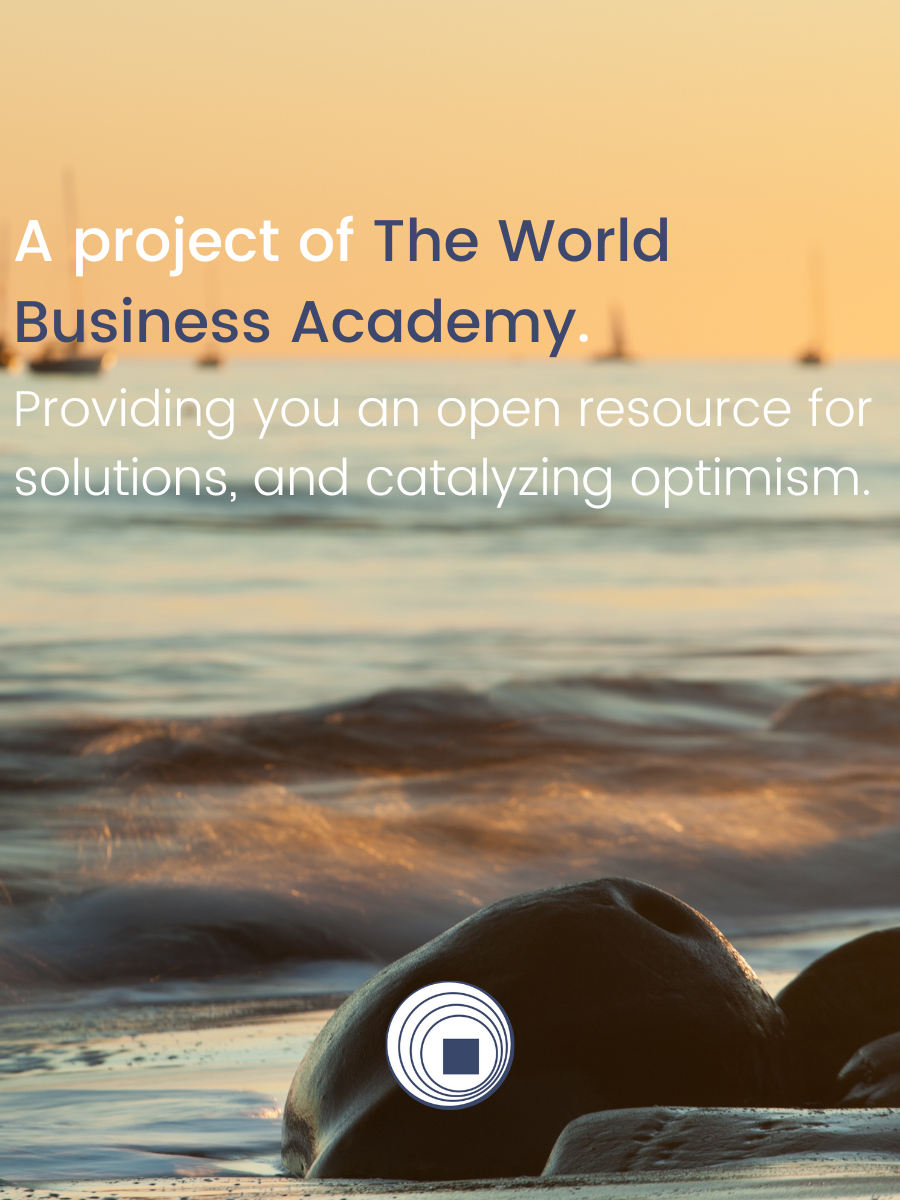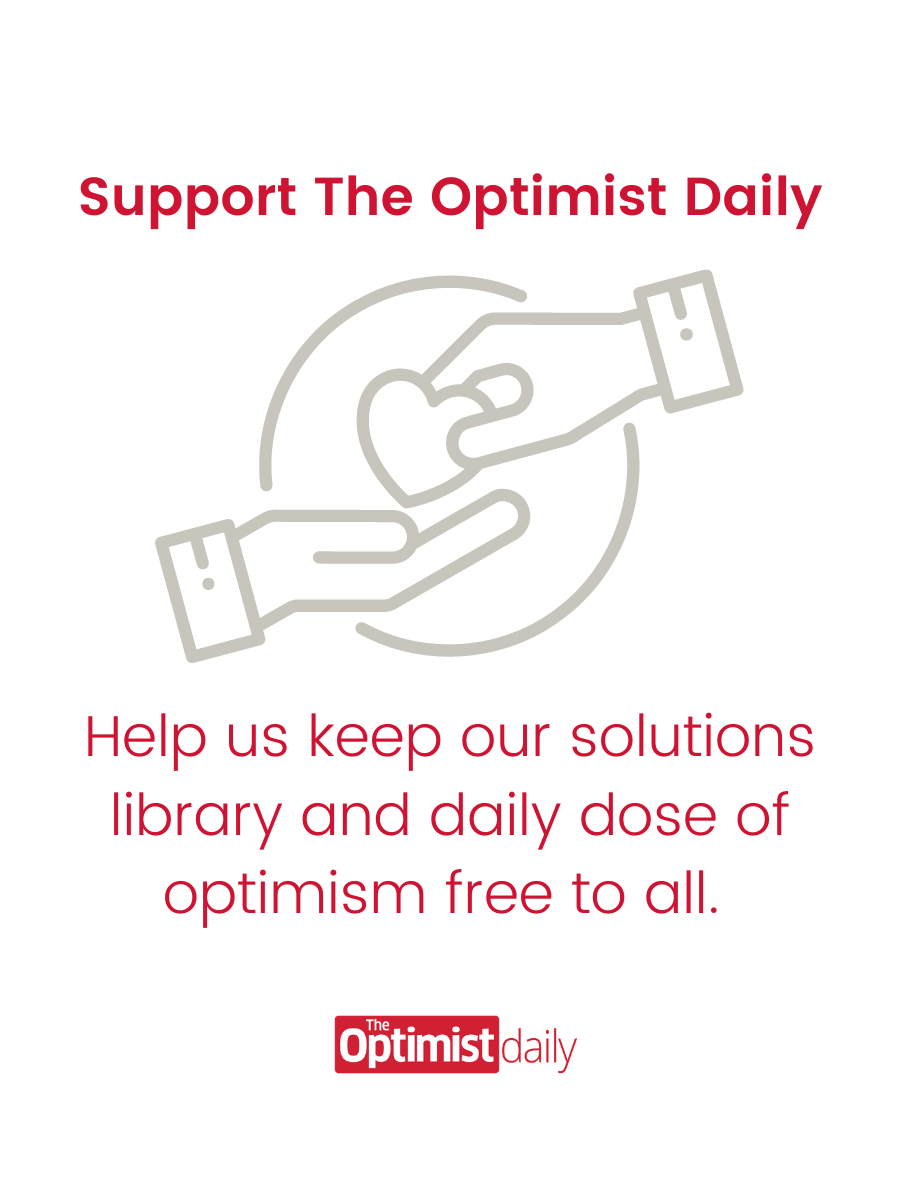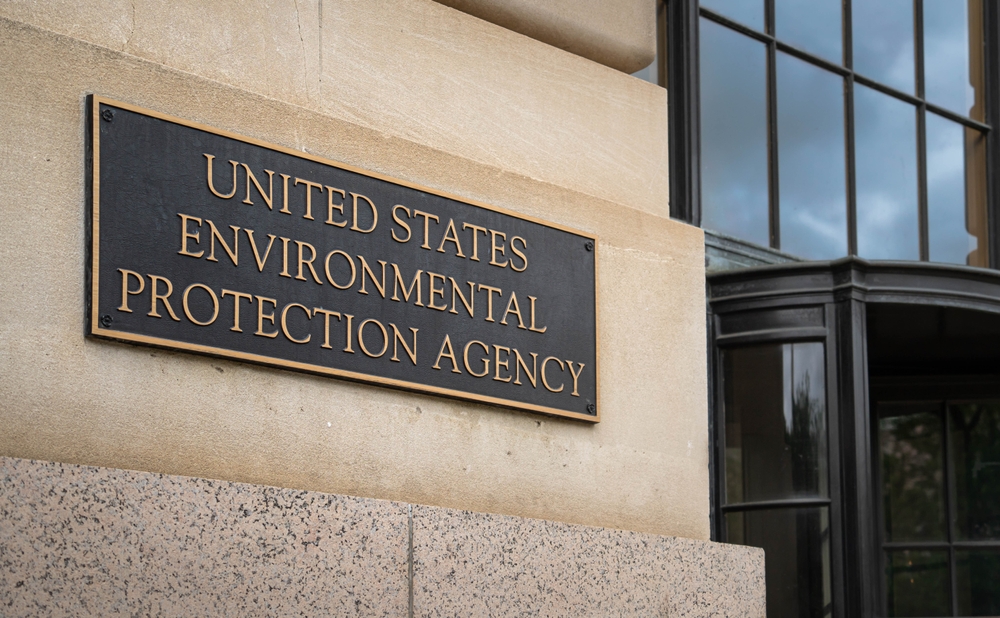Jessica Wapner | April/May 2010 issue
The “war on cancer” has been going on for decades, yet victory is still nowhere in sight. Andy Rachleff, a venture capitalist turned philanthropist, is trying to speed things up by funding research by young scientists with new ideas. After he watched several good friends succumb to cancer over the years, Rachleff decided to help. But he found a pervasive trend of research funding going to older investigators who follow conventional research models. This low-risk approach didn’t sit well with him. After all, he made millions by taking big risks. Why shouldn’t cancer researchers do the same? “If you take very little risk, you get very little return,” Rachleff says.
So in 2007, in partnership with the Damon Runyon Cancer Research Foundation, Rachleff started funding grants for young scientists with innovative approaches. The annual grants award $450,000 over three years to three young scientists exploring radical new directions in cancer research.
On the average, most scientists are in their 40s by the time they receive their first federal grants. Yet studies have shown that many prominent scientists, including Nobel Prize winners, did their most notable work early in their careers. Plus, once scientists become part of the “establishment,” alternative ideas are often cast aside. Rachleff recalls one prominent immunologist whose first federal grant application was rejected on the grounds that some of his experiments might fail. “Why do experiments if you know they are going to succeed?” Rachleff asks.
Among the scientists Rachleff has funded are John Rinn, whose research grant helped him uncover a new class of ribonucleic acid (RNA), a molecule essential to protein synthesis; Muneesh Tewari, who focused on earlier detection of ovarian cancer; and Heather Christofk, whose work on cancer metabolism could lead to improved drug design.
It’s still early, but there are hints that Rachleff’s approach is working. Rinn was named one of the top 10 U.S. scientists under 40 by Popular Science magazine, while another grantee is seeking investors for his discovery. And other funding programs are beginning to follow suit; the National Institutes of Health (NIH) recently launched a “High-Risk Research Award” dedicated to bold ideas. To Rachleff, this is the way to move cancer research forward. “If only one out of [the initial] 20 scientists we fund succeeds, we will view this as an enormous success.”












